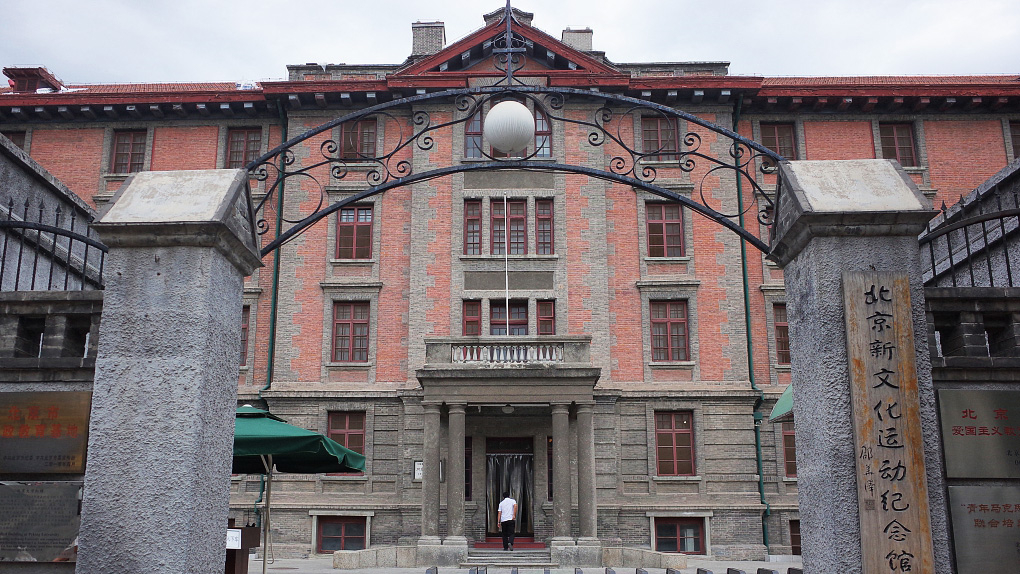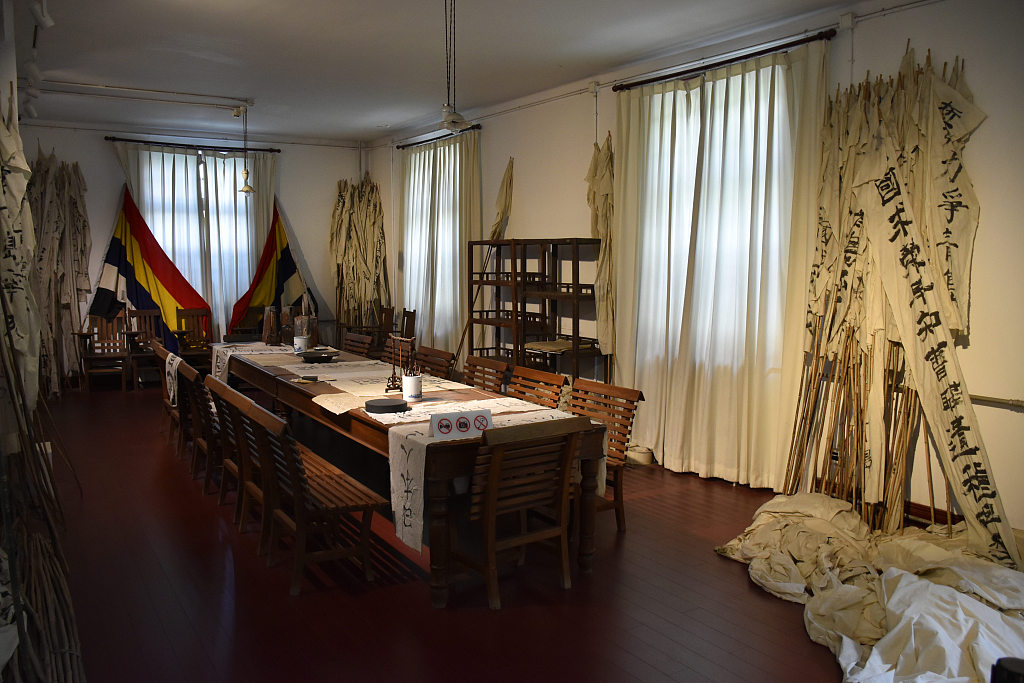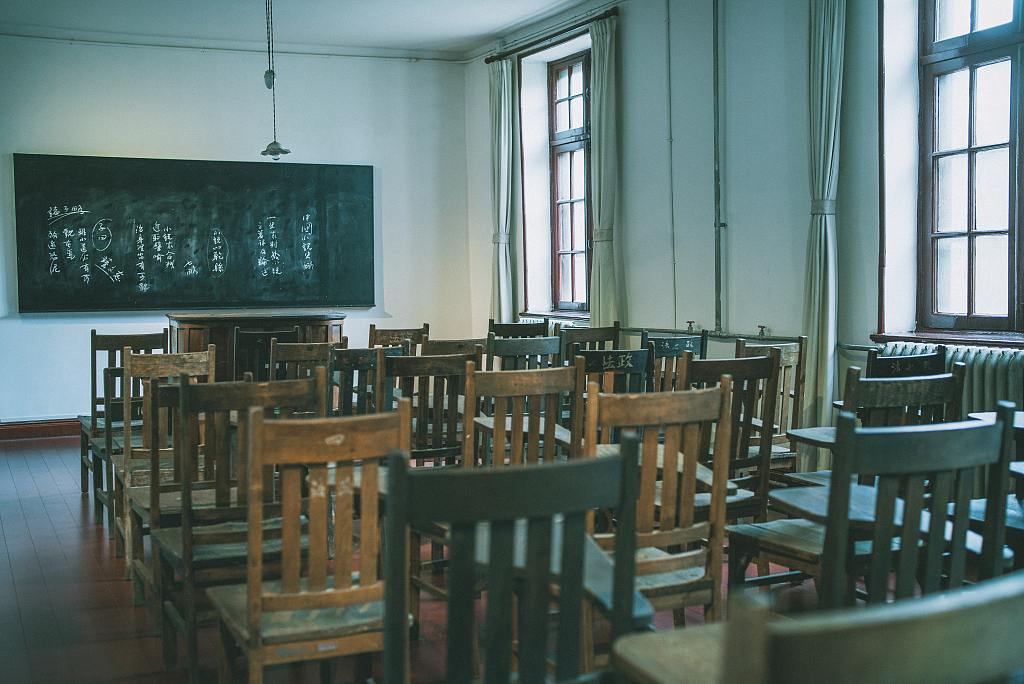
Culture China
19:58, 30-Apr-2019
Landmark of the New Culture Movement: Peking University Red Building
By Yu Fengsheng
01:56

Beijing was the first city to embrace China's New Culture Movement. Many places related to the movement have been well preserved and are now serving as Red Culture educational centers. 100 years ago, the Red Building in the capital city was one of the places where China's leading intellectuals sought to create a new Chinese culture.
Located in Beijing's Dongcheng District, the Red Building was established in 1918 and was part of the former campus of Peking University.
The historical building takes its name from its red appearance as the main structure was built with red bricks.
During the New Culture Movement, between 1915 and 1923, the Red Building witnessed how some prominent Chinese scholars led a revolt to reject traditional Chinese culture such as orthodox Confucianism and conventional gender inequality. They called for the creation of a new Chinese culture based on western ideas, especially democracy and science, aiming to push for new concepts that would enable China to stand on its feet and eventually become a modern state.

A meeting room in the Red Building, a historical site of the New Culture Movement. /VCG Photo
A meeting room in the Red Building, a historical site of the New Culture Movement. /VCG Photo
The Red Building was the birthplace of the movement and was also the first place where Marxism was disseminated in China. After the movement, many Chinese learned about and accepted Marxism here.
It became the New Culture Movement Memorial Hall of Beijing in 2002, and serves as a Red Culture educational center.
Visitors can learn about the New Culture Movement and the establishment of the Chinese Communist Party from the original documents housed here. They can also learn about the life and legacies of Party pioneers, including Chen Duxiu and Li Dazhao, who were leaders of the movement and founders of the Party.

A classroom in the Red Building, a historical site of the New Culture Movement. /VCG Photo
A classroom in the Red Building, a historical site of the New Culture Movement. /VCG Photo
Other
pioneers of the movement also worked here, like Cai Yuanpei, the former
President of National Peking University, and novelist Lu Xun.
Inside the hall, an office and a library have been well preserved with original period furniture. Lu lectured on the history of Chinese novels in the office, and the library was one of the key places where Cai assembled the country's influential figures to help popularize the New Culture Movement and the May Fourth Movement.
Journals and magazines published during that period are on display in the building, including the first edition of "New Youth", an influential journal published by the founders of the party that inspired followers of the reform movements.
(Cover: The Red Building. /VCG Photo)

SITEMAP
Copyright © 2018 CGTN. Beijing ICP prepared NO.16065310-3
Copyright © 2018 CGTN. Beijing ICP prepared NO.16065310-3